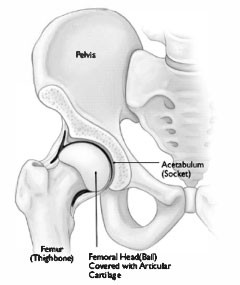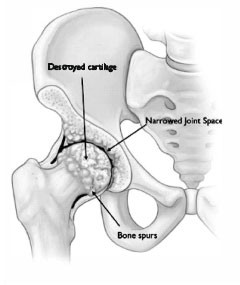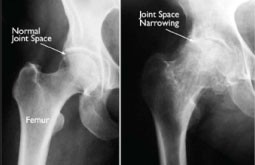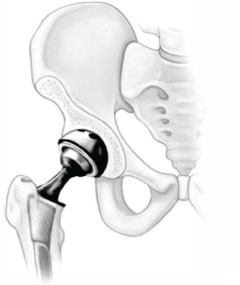About
Though founded in Pune, MAI will soon have representatives and experts in various parts of India overlooking its activities. MAI will also make special efforts to reach out its services to patients in rural and backward/under-developed areas of the country. In the near future, MAI will set up a website and a network linked on the Internet.







